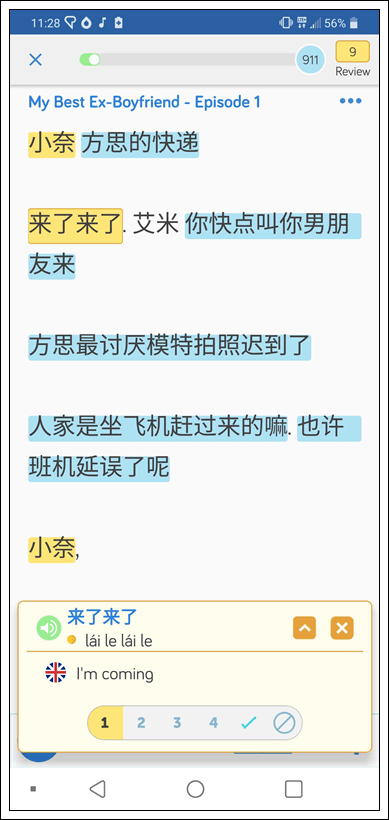3 Chinese Tongue Twisters Beginners Can Easily Learn
Because Chinese is a language highly saturated in homophones, many lǎowàis (such as I) have trouble knowing how to pronounce certain words in certain contexts. Good news, Chinese tongue twisters (otherwise referred to as 绕口令, ràokǒulìng or literally, “the order of the winding mouth”) are a great way to understand how the sounds and structure of the language work without having to understand the individual characters themselves.
Chinese tongue twisters are easier to learn than Chinese jokes and can be used to impress your native Chinese speaking friends. Especially if tone marks aren’t exactly your forte.
Without further ado, here are three Chinese tongue twisters that will help YOU speak Chinese like a boss.
Chinese tongue twisters
Sì Shì Sì (四是四)
Sì Shì Sì means “four is four” and is considered the most famous/infamous Chinese tongue twister out there, this one is a favorite amongst teachers, students, mathematicians,logicians, and some superstitious folks, alike.
This traditional twister is a terrific exercise for anyone who is starting out learning how to say numbers in Chinese. It is also great for anyone who has trouble knowing how to utilize tone marks.
What I especially like about this one is that it doesn’t require knowing any additional Chinese characters or complex grammar structures. Just being able to read and speak it is enough.
Here are a few more variations:
十是十 (shí shì shí),
十四是十四 (shí sì shì shí sì),
四十是四十 (sì shí shì sì shí),
Literally translated, this means:
10 is 10,
14 is 14,
40 is 40.
Pretty simple, huh?
For those looking for a challenge, here’s a nice video that I found on Youtube that shows the full version of this famous tongue twister. Feel free to pause it at 1:44 if you want to focus only on this specific twister.

Chī Pú Táo (吃葡萄)
A little more challenging than the last one, I know. However, at least the logic in this one is pretty fun to learn.
I still have trouble mastering this one, by the way.
吃葡萄不吐葡萄皮,
(chī pú táo bù tǔ pú táo pí),
不吃葡萄倒吐葡萄皮。
(bù chī pú táo dào tǔ pú táo pí).
Literally translated, this one means:
Eat the grapes but don’t spit out the skins,
don’t eat the grapes but spit out the skins.
By the way, here is another video that I found for those looking for both a fast and slow version of this famous tongue twister.
Wŏde。。。Tùzi de Dùzi de Pùzi (我的。。。兔子的肚子的铺子)
Literally translated, this one means:
My… rabbit’s stomach’s shop.
While the idea of having your rabbit’s stomach owning shop doesn’t sound appealing, the fact that the order of the words inside this twister can be changed is.
This is a really great tongue twister for anyone who wants to understand the basic structure of the Chinese language first without having to worry about how tone marks.
This also happens to be the very first tongue twister that I learned when I attended Chinese classes back in high school.
Get to know more Chinese tongue twisters with LingQ
Check out LingQ and find out why it’s the best way to learn Chinese. Browse through thousands of hours of content or import your own from YouTube and other sites. LingQ will create lessons for you in seconds using your content’s transcript and audio.

Also, LingQ is available on mobile. Take your lessons wherever you go and listen to your target language, read your transcripts, and create review flashcards. LingQ’s language learning apps are available for both Android and iOS.
Good luck.
***
Athena Zhang Baker has been studying Mandarin Chinese since she was 11. As of now, she is learning bits and pieces of other languages in addition to Chinese and creating Japanese anime themed glossaries on the side.
